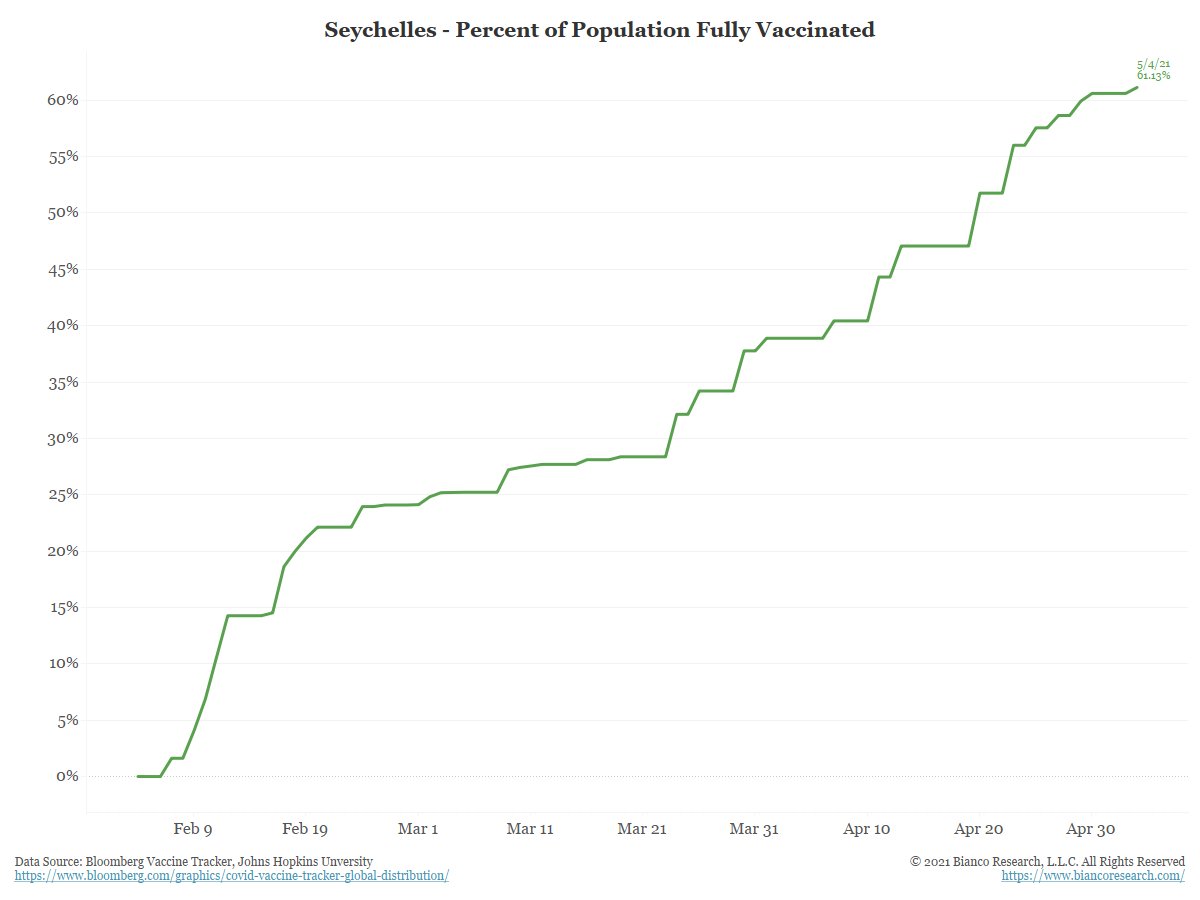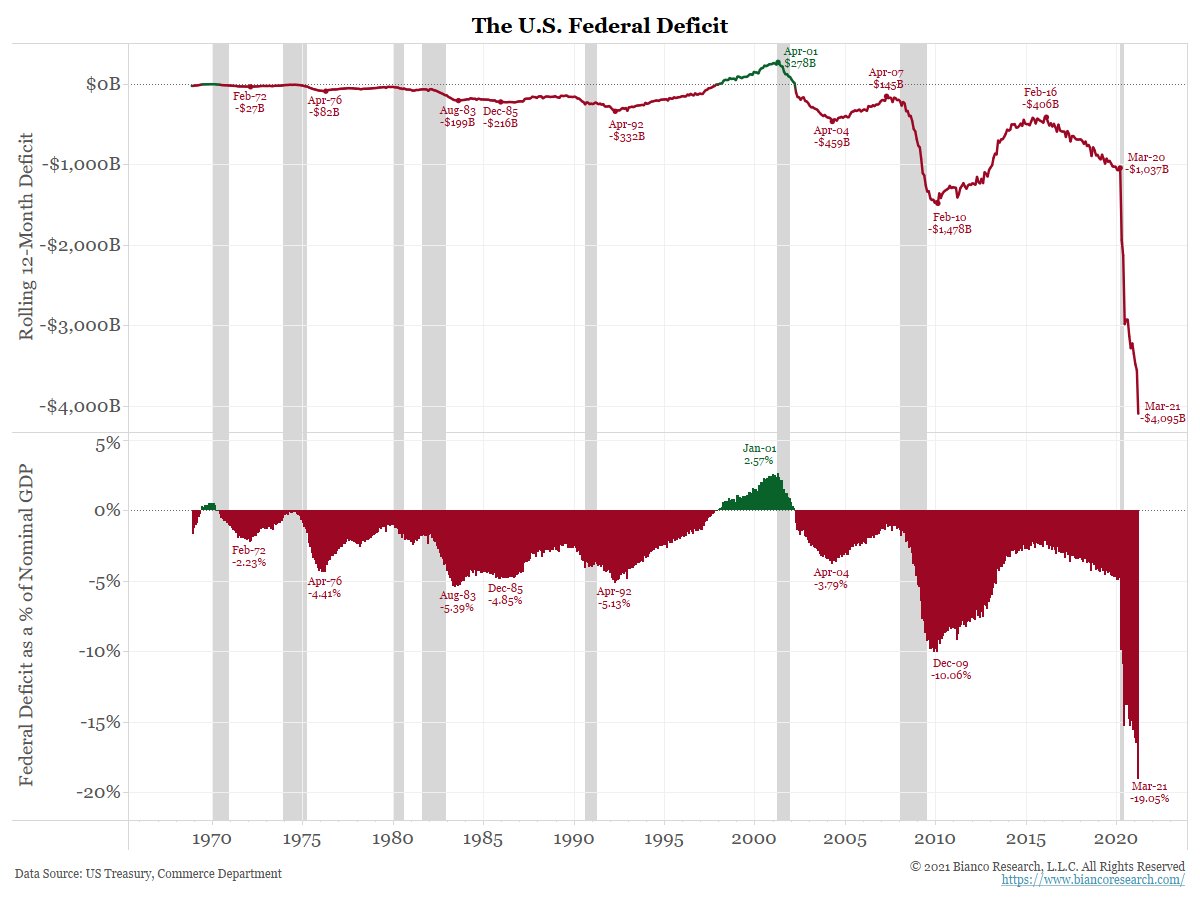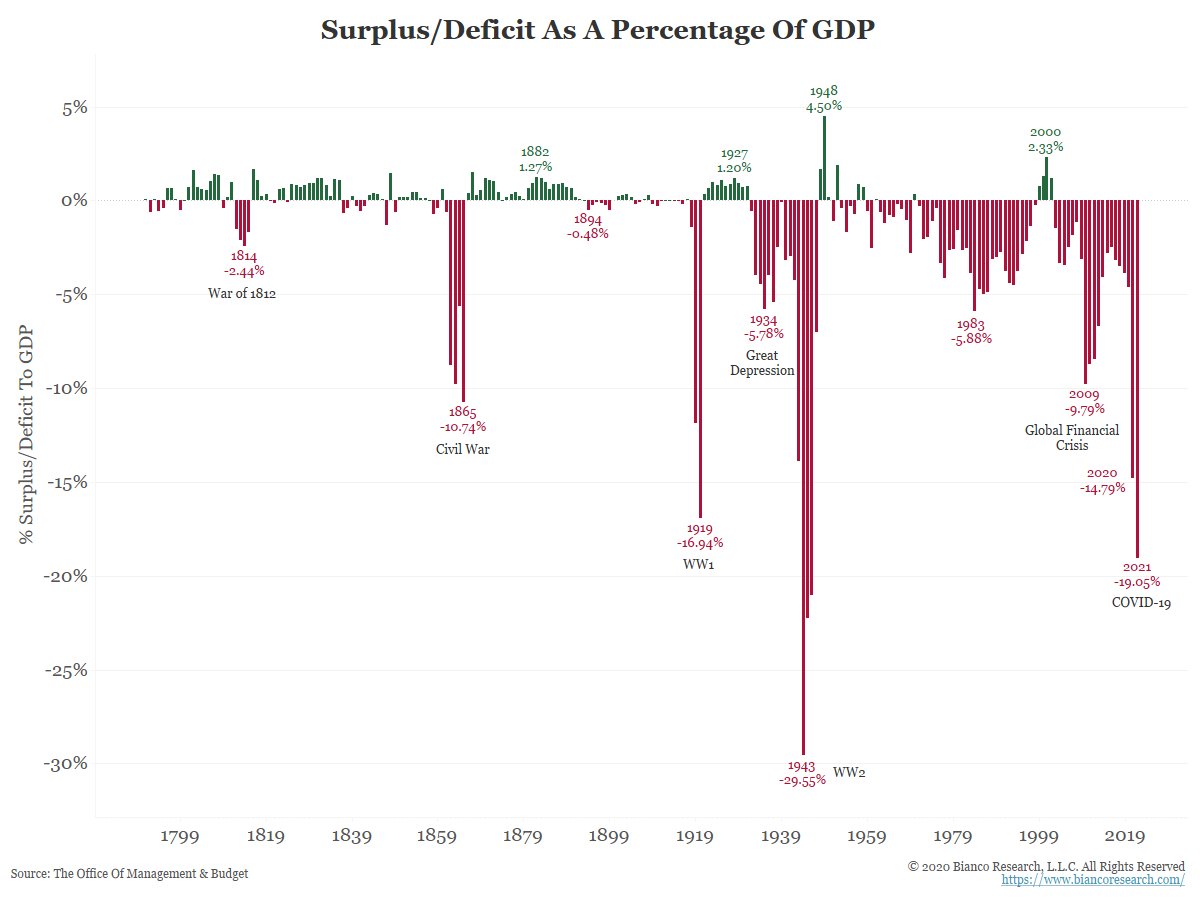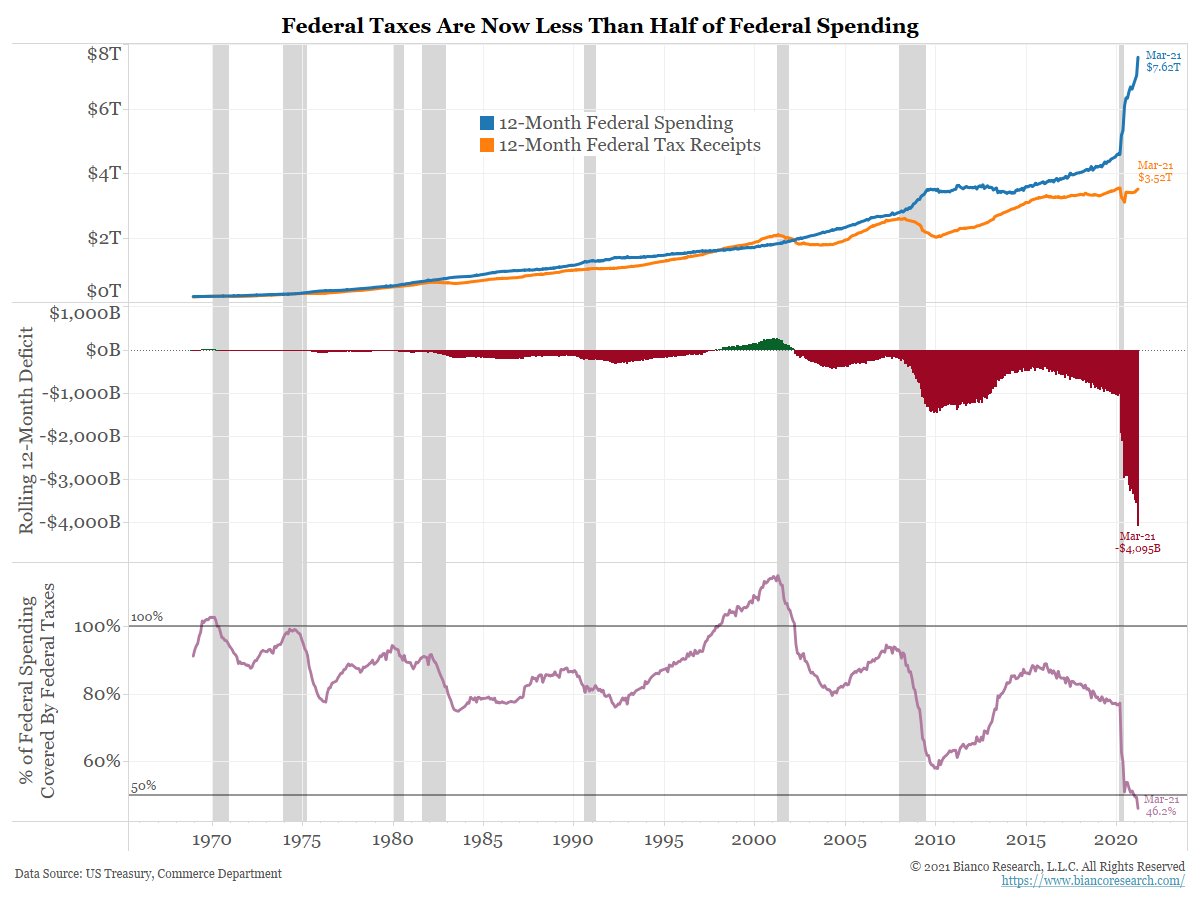
No coiners (most of which are rich CeFi-ers that see DeFi as a threat) are gloating about the decline in cryptoland.
Yes, the casino speculation in cryptos almost demanded this would happened (when and how impossible to predict).
1/6
Yes, the casino speculation in cryptos almost demanded this would happened (when and how impossible to predict).
1/6
But if you really understand the space, it is a parallel financial system and is now getting this first real stress test. If it makes it through, it would be incredibly bullish.
2/6
2/6
Today is not the worst day ever (%24h loss). The last such days were March 2020.
What is different now is DeFI was non-existent in those days.
DeFi really took off in June 2020 and was $100B in size at the peak a few weeks ago. So, this is the first real "test" of DeFi.
3/6
What is different now is DeFI was non-existent in those days.
DeFi really took off in June 2020 and was $100B in size at the peak a few weeks ago. So, this is the first real "test" of DeFi.
3/6
Will the DeFi protocols "make it?" Will Uniswap, Maker, Compound and the other sites blow up?
So far they have not, and with "on chain analysis" we can watch what is happening real-time. so far, so good.
4/6
So far they have not, and with "on chain analysis" we can watch what is happening real-time. so far, so good.
4/6
Watch stablecoins. They are the foundation of the crypto system.
Stablecoins are supposed to trade 1 to 1 with the dollar. As I write
Tether 1.03
USDC 1.01
DAI 1.01
coingecko.com/en/categories/…
So they are holding together, more or less.
5/6
Stablecoins are supposed to trade 1 to 1 with the dollar. As I write
Tether 1.03
USDC 1.01
DAI 1.01
coingecko.com/en/categories/…
So they are holding together, more or less.
5/6
This episode will not end today but the narrative could quickly become "the system held, it works" and turn into an incredibly bullish story.
Of course, this assumes it actually holds.
Grab the popcorn and watch the show unfold.
6/6
Of course, this assumes it actually holds.
Grab the popcorn and watch the show unfold.
6/6
• • •
Missing some Tweet in this thread? You can try to
force a refresh


















